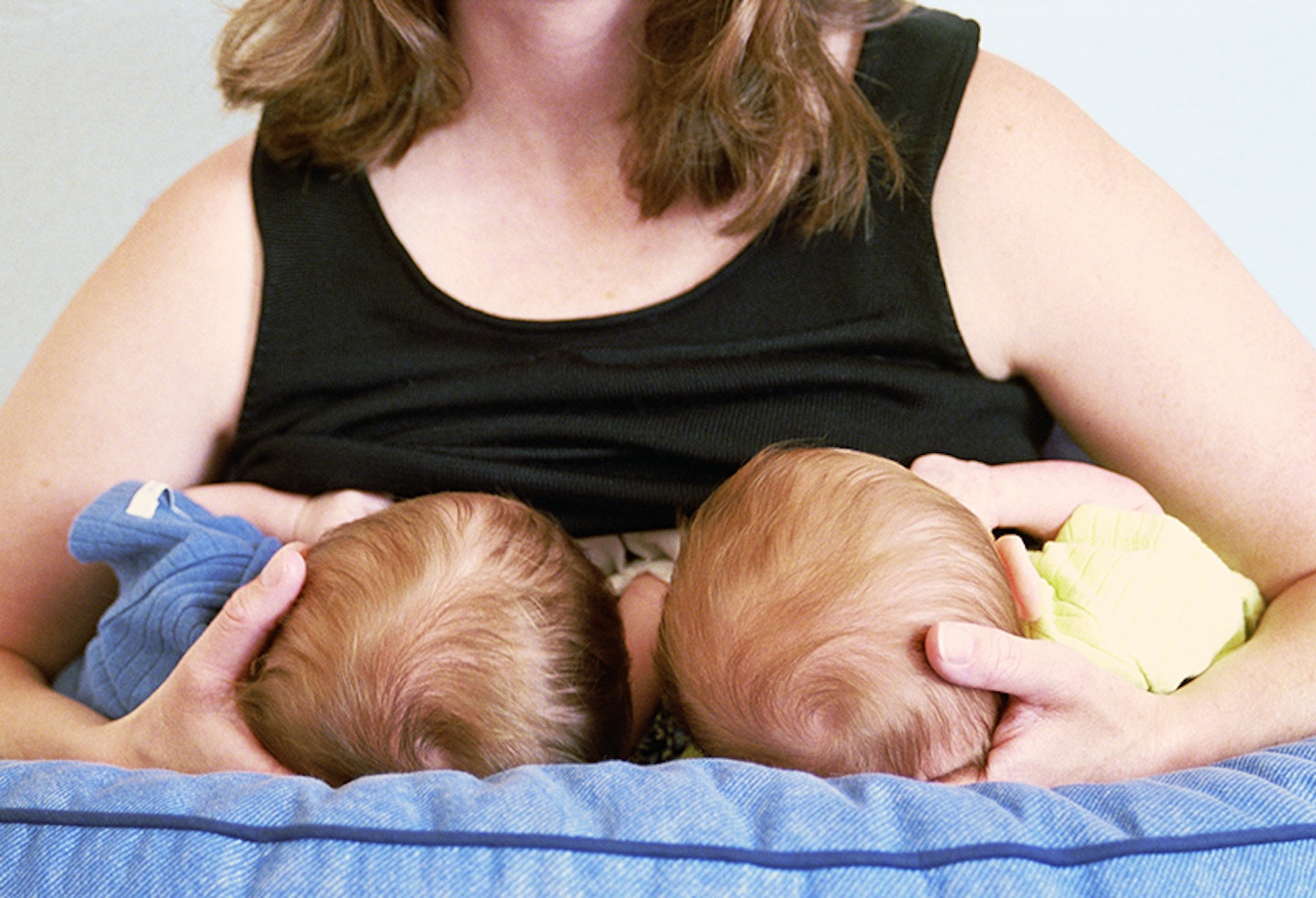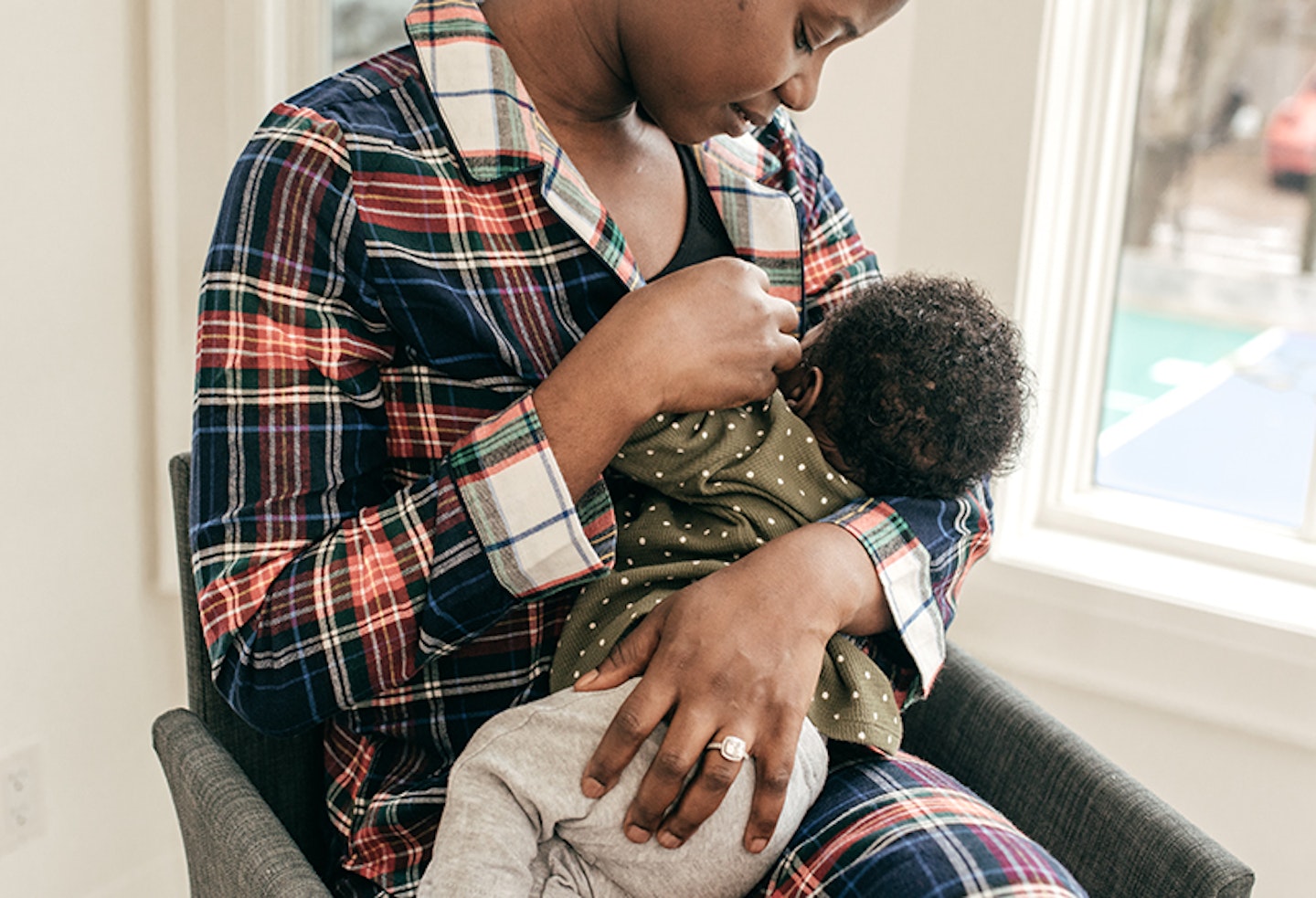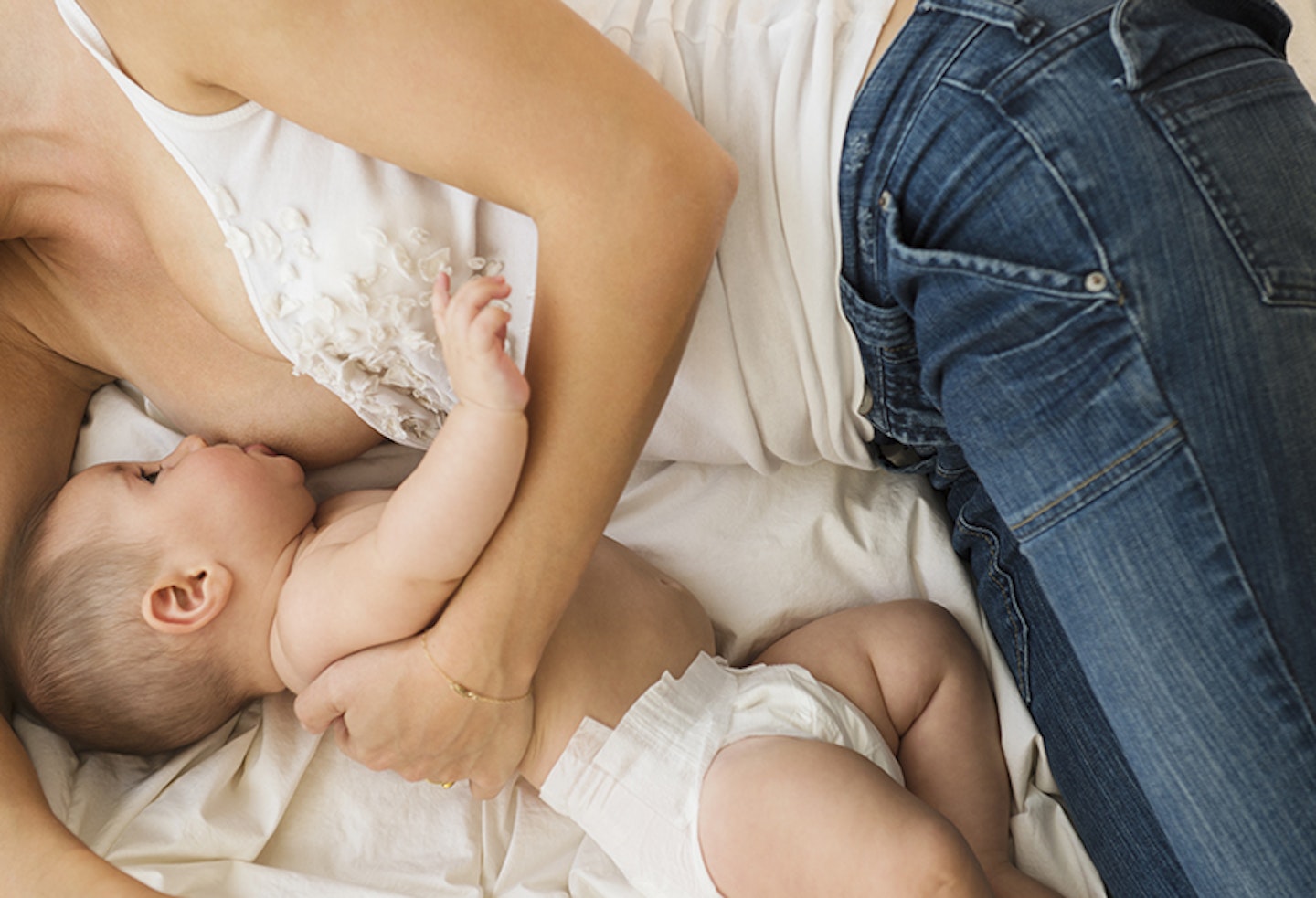From the classic cradle hold to the rugby ball (stay with us…), there are plenty of breastfeeding positions to try until you find what works best for you and your baby.
Once you’ve got going with breastfeeding, you will soon want to work out which position is right for you, especially if you’ve had acaesarean section or are nursing twins. Luckily, there are plenty to try out until you find the right one.
Whichever you choose, make sure you’re properly supported. You’re going to be breastfeeding for many hours a day – trust us, it’s worth getting comfy!
1. Rugby hold breastfeeding

The underarm or the rugby hold is one of the better options if you are recovering from a c section. It is an easier position as it keeps the baby's weight off your abdomen. It's also a good one if you're tandem feeding twins.
Imagine you're holding a rugby ball, and tuck your baby's body under the arm of the breast you're feeding from. You can use a cushion to make it easier. Support your baby’s head with an open hand and face her towards your breast.
2. Laid back feeding

Breastfeeding in a laid-back reclined position is also known as 'biological nurturing'. It encourages your baby to use their reflexes as they are encouraged to find the breast themselves and it promotes the release of the bonding hormone oxytocin.
Lean back in a comfortable chair but don't lie flat. Hold your baby close so you are both tummy-to-tummy and their head is near your breasts.
3. Cross-cradle hold

The cross-cradle hold is one of the best positions to start with when breastfeeding.
Sit up straight in a comfortable chair, bring your baby so they are across your body and their tummy is touching yours. Then, hold their body opposite the breast you're going to feed from, supporting their head, then guide their mouth to your breast.
4. Lying on your side

The lying-on-your-side breastfeeding position is recommended if you have a sleepy baby, you're tired or unwell, you've had a c section, or you have large breasts.
Lie down on a bed or on the floor with a pillow supporting your head. Lie your baby next to you on their side facing you - their head should be towards your breasts. Make sure your baby's mouth is lined up and you support their back.
5. Classic cradle hold

This hold is similar to the cross-cradle, but you face your baby's body opposite the breast you will feed on.
Sit up straight in a comfortable chair, make sure your baby's head alligns with the rest of their body and guide their mouth towards your breast. You can position them on a pillow to make it more comfortable while feeding.
Breastfeeding position and latch
If you're struggling to get your baby to latch on, watch the video below as a midwife shows how to breastfeed a newborn baby.
Breastfeeding support
Everyone has a different breastfeeding journey. You may even find that breastfeeding just isn't for you, and that's fine - do what is best for you and your baby!
There's plenty of breastfeeding support out there so if you and your baby can't get the hang of it, do make sure you reach out.
For mum-to-mum breastfeeding support, visit nct.org.uk or call the National Breastfeeding Helpline on 0300 100 0212 (between 9.30am and 9.30pm daily) to speak with a trained breastfeeding counsellor. You can also call La Leche League on 0345 120 2918 between 8am and 11pm or the NCT helpline on 0300 330 0700 between 8am and midnight.
And, make sure you read through ourbeginner's guide to breastfeeding to get all your questions on breastfeeding answered.
